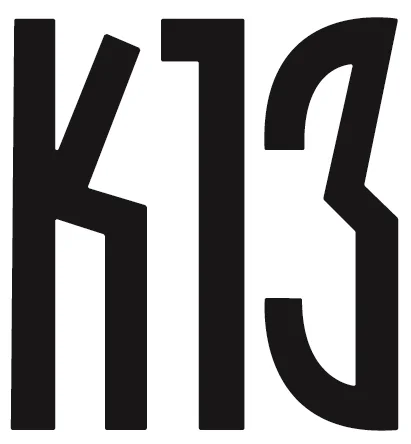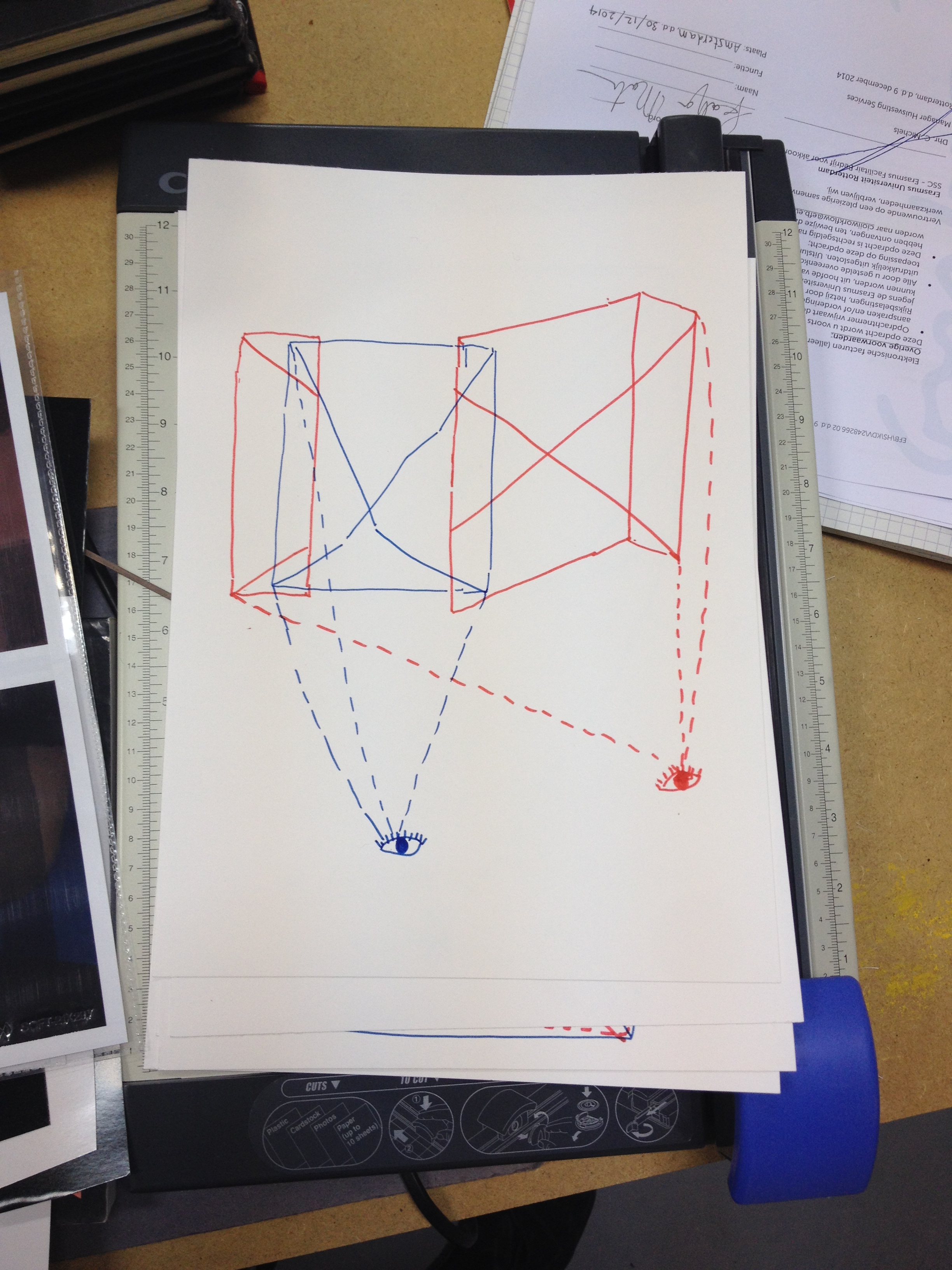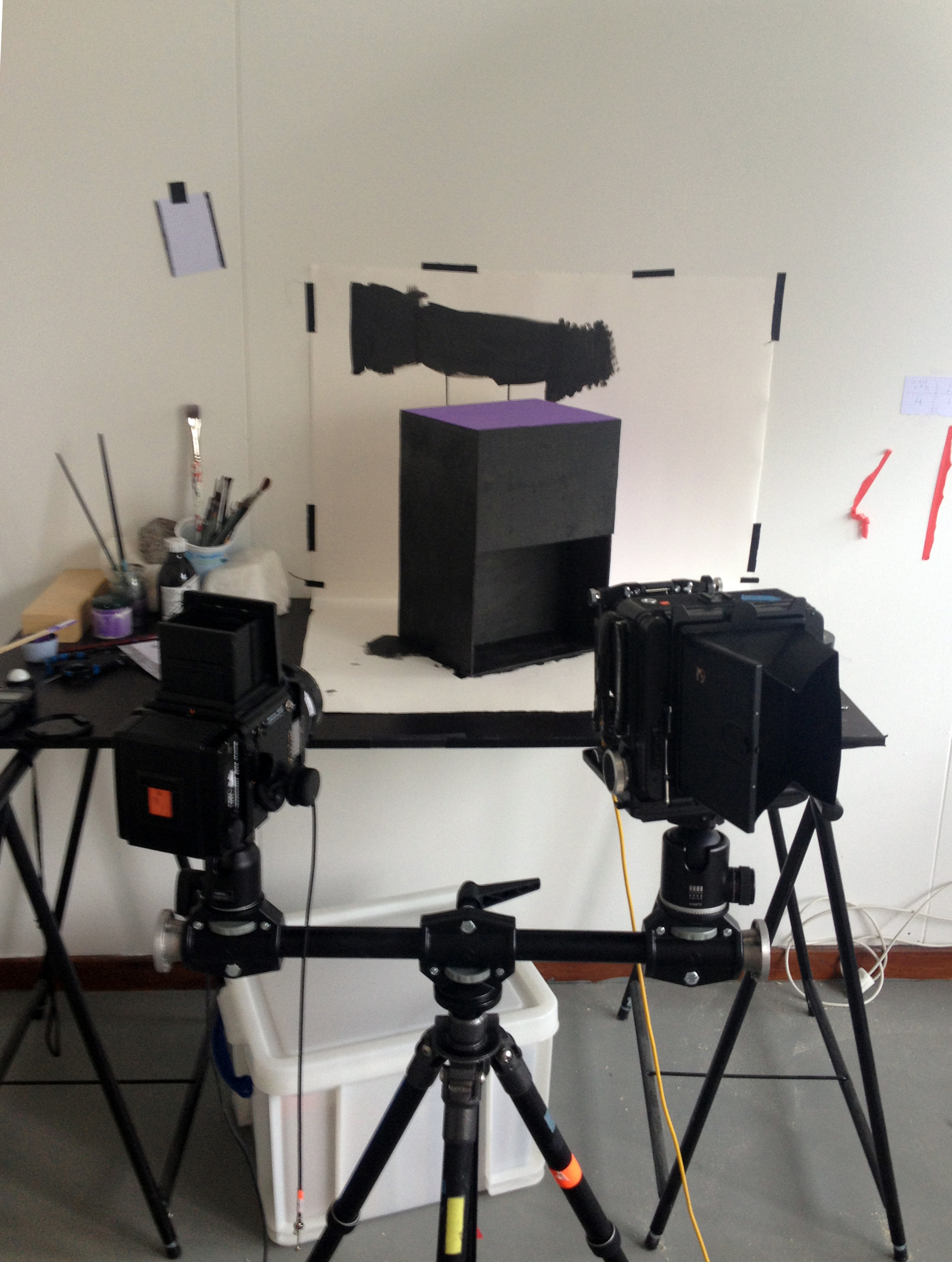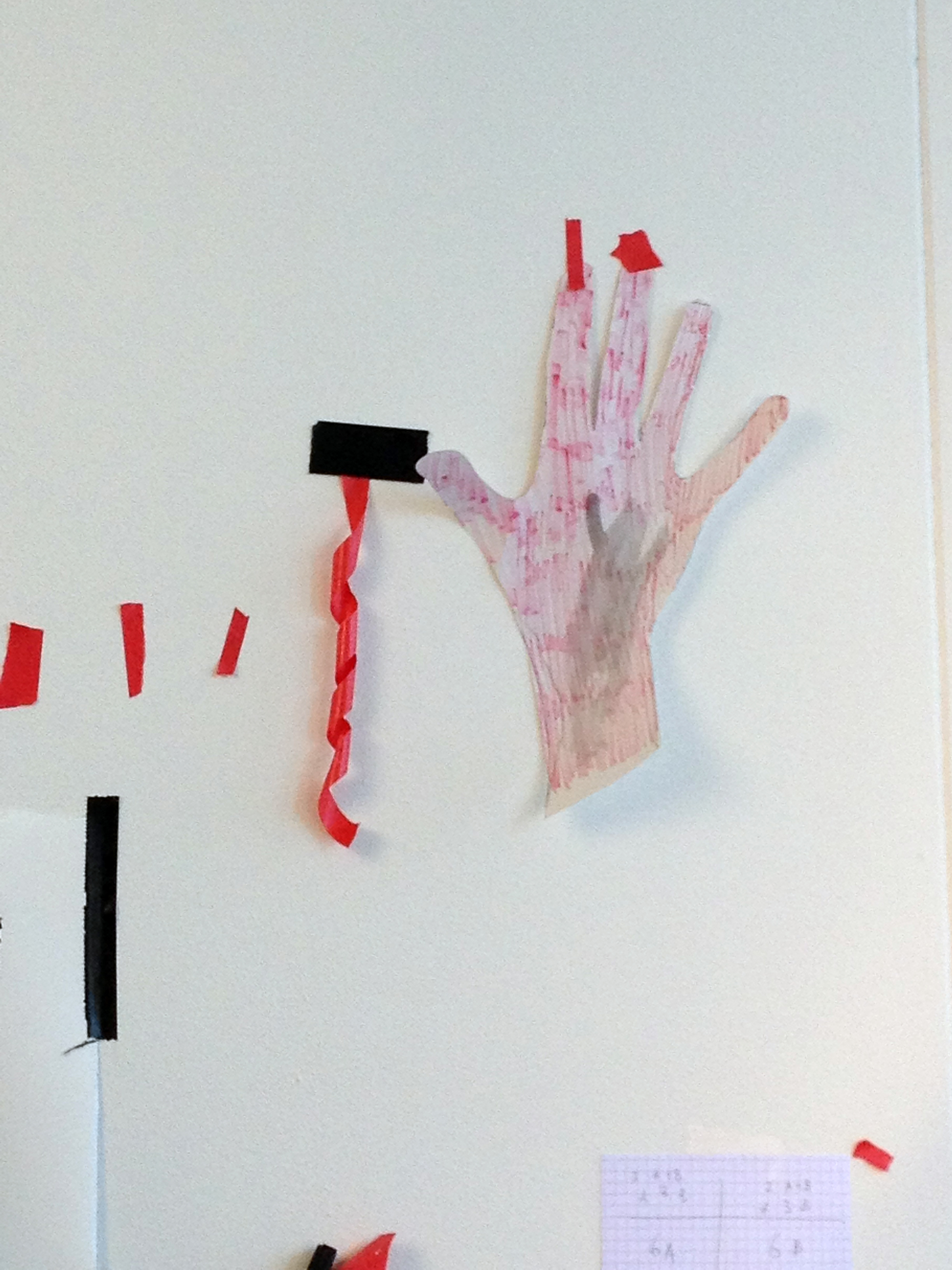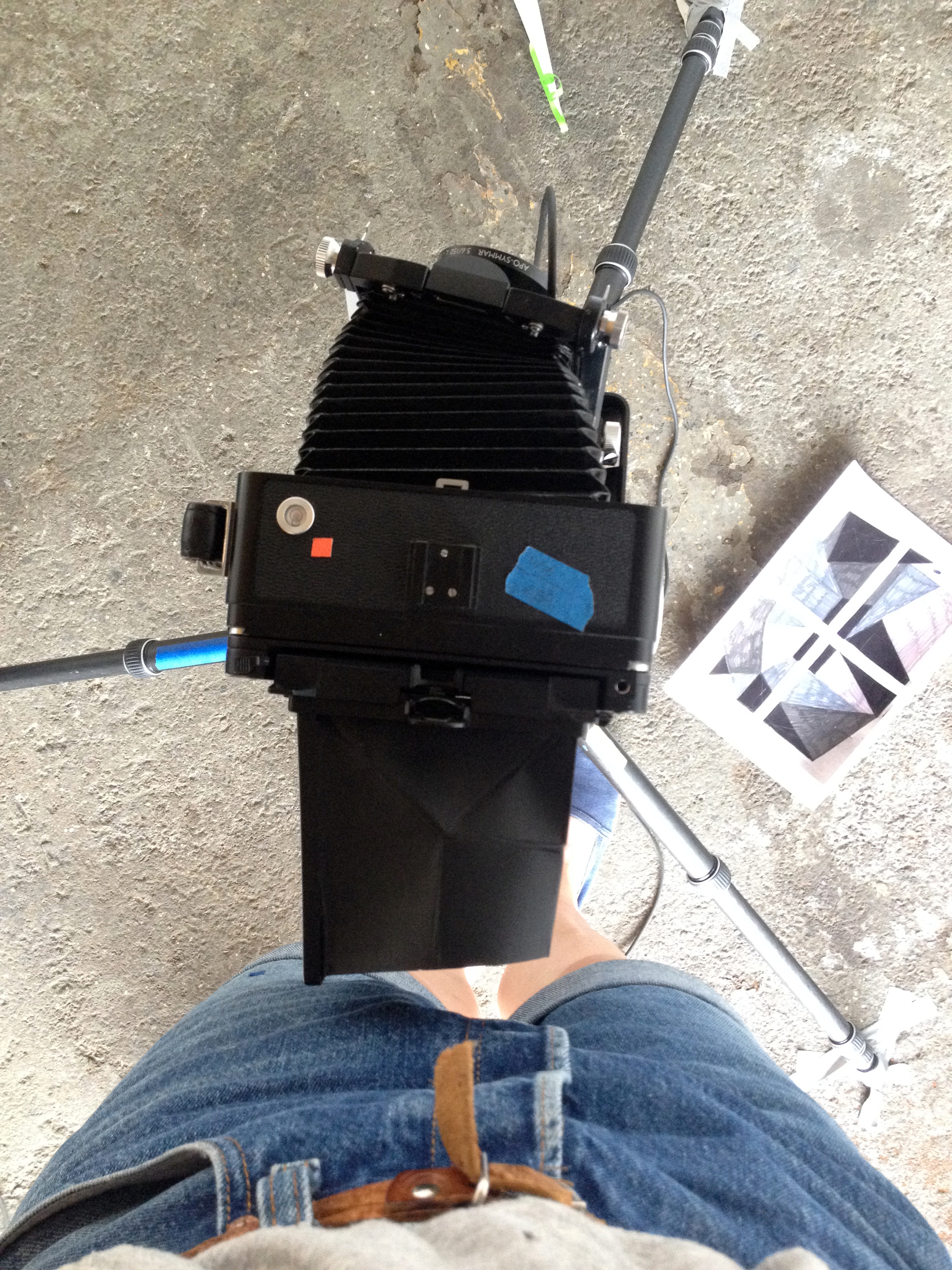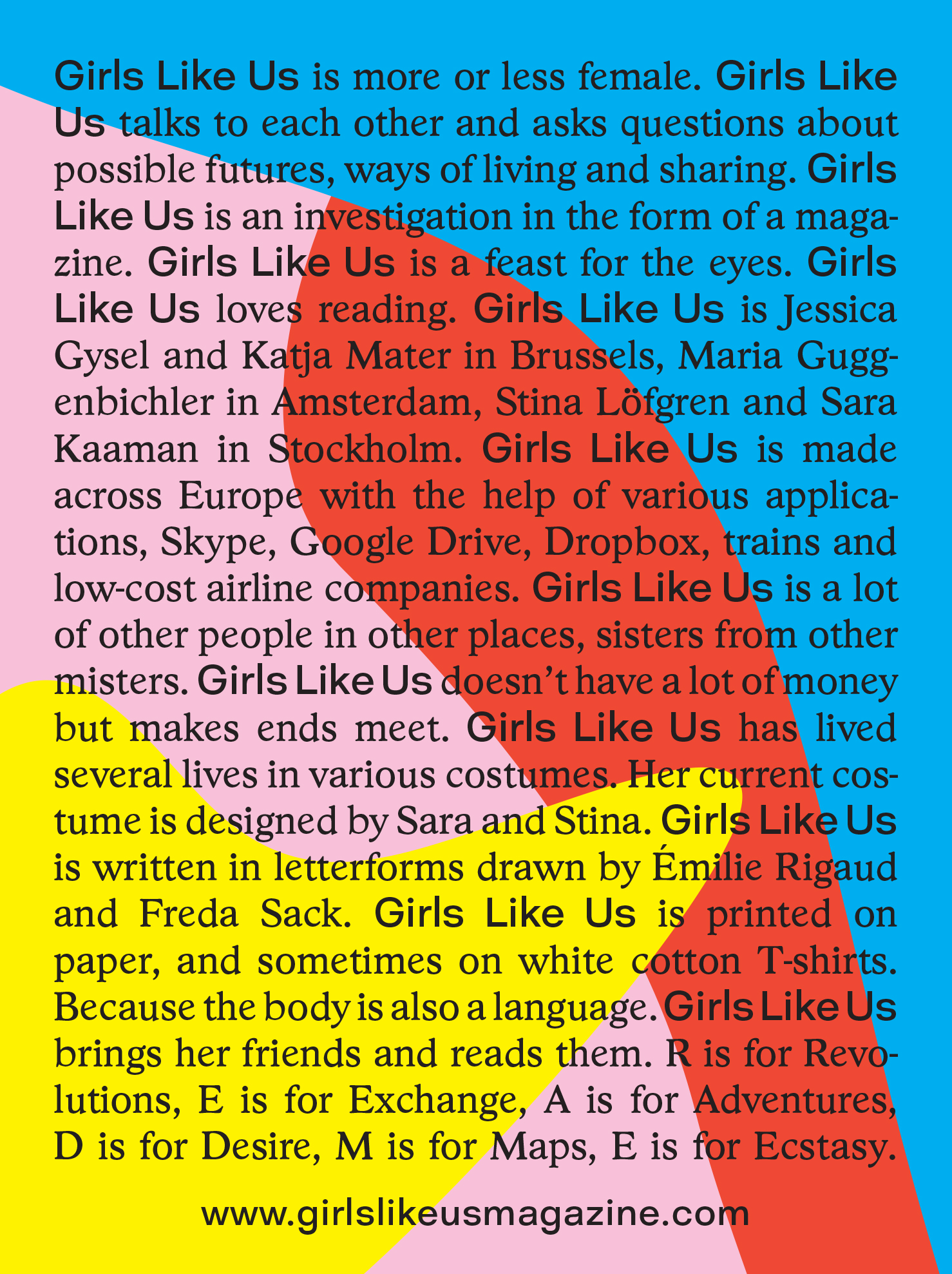Interview Katja Mater
PJ As I review your work online I start to feel like a blank page and I get into a calmer perception of time and space. It is interesting to me how this state of reflection is taken in your work, knowing beforehand that there is a complex process to reach a “moment” in your work, because afterwards the audience will predispose other processed on top of it, and accumulation of this process will elaborate on itself about an illusion in space. Throughout your investigation, at what point did you land on geometry, or better yet to call them ‘additional spaces’? and how did this shape your overall practice? KM Additional spaces is a nice term. I started to use structured methods of drawing when I realized I needed abstraction to direct attention to the process over the image. By pointing at a non or less narrative image the work managed to point at a space between the making and the work itself. Becoming a hybrid of the process and the work itself. PJ How do you feel about the use of the word ‘geometry’ to refer about your spaces? Do you prefer to use another word or term? KM We could use geometry, referring to an image that is the product of a process or calculation. But maybe geometry sounds a bit too exact when thinking of the way all my works have a very hand-held quality to them. The presence of gestures and movements of the making are often reflected in the work. This is important to me and is something that happens in time, I am especially interested in the relation of time to the work more then only the mapping of the position of shapes and objects in space. PJ In your work, fragmentation tends to follow a mechanism, where you utilize a space and work with its negative(?). This creates a cycle that you can follow repeatedly. This, oddly enough reminds me of a caterpillar and its life cycles. Now, looking at the last project published on your web “Tiled” (2015) I am wondering if you could tell me about your process of approaching. How do you fragment a space/time, and reduce it into a composition? KM I use a principle that started at my Density Drawings; various moments during the creation of a physical drawing or painting on paper are captured on a single negative, building a layered image that captures multiple moments in time. The drawing or painting itself eventually becomes a monochrome; the C-print visualizes the various steps along the way. These diptychs between a drawing and a C-print show both this process and it’s end result at the same time. In Tiled instead of taking multiple exposures on one negative, several negatives are used to captures the process of the making of a painting on an object or paper. They all have (slightly) different outcomes, by overlaying different fragments of the same event. Each of these negatives offers a different view on the same event in time and thereby visualizes different ways of looking at one moment in time. The split moments are then brought together as c-prints to tile into one image; the final work is both fragmented and whole. I am curious to hear more about your caterpillar association? PJ Your process in the studio seems to be fairly long - in terms of time. Starting with your drawings, then as you create spaces that will be photographed and the in betweens where you dive into the associations that the process guides you through. Which is the part of your work process that you enjoy the most? KM Possible mistakes are very dear to me. The tension between a controlled process and an unpredictable material plus my own physical presence in the space. An narrow edge between following a procedure and messing it up (which often happens) either leaving me empty handed or with a great coincidence. PJ How do you incorporate illusion in your work? Do you think that this is an important concept to discuss in our present day & culture? KM Yes, illusion is an important element in my practice and plays a big role in the way we look at and use not only photography itself, but also the analogy and differences between photography and our own perception. I use photography as a non-transparent medium. I reveal an alternative to, and experience of, reality through capturing areas where photography and film hardly behave like the human eye. I record events that simultaneously can and cannot be, and hoover midway between information and interpretation, referring to a parallel reality that is or was, but never really exists because it mostly stays beyond our gaze. PJ I am intrigued by the type of equipment you use for your photography, what camera is it and why have you selected it? KM I generally build images more than taking pictures, so the pace of the making is slow. I work with analogue materials and I often use transparent drawings on the camera’s glass-plate. I use different camera’s for different reasons. The (Mamiya) mid format camera when I shoot several parallel versions of the same image. Its easy to work with multiple camera backs at the same time. This camera is slow but still fast. I use a (Wista) technical field camera for the size of the negative, the glass plate that you are looking through is larger which makes it more suitable to work on more complex compositions in space. This camera is super slow to work with. I started to use this camera for site specific work where I shoot on large format (4x5 inch) instant film. I like the fact that the work does not leave the room, making it extra site specific. PJ As an artist I am interested in the posture and decisions you take in your process. Your work has an element of reduction, and I see a limited color palette, where you don't pick any red or any green. Could you tell me a little bit about your relationship the chromatic gamma you use, and with colors in general? KM Yeah I know, although I recently started to change my colour choices. I have been picking colours and materials for their photographic characters more than their chromatic qualities. Think contrast, reflection, saturation, absorption etc. That resulted in the use of a lot of dark and saturated tones because they give me a higher contrast in multiple exposures. Most of my site specific works I shot using only black and white paint for an absolute maximum contrast. I used of a lot with silver and gold for its reflection of (flash) light, and liquid inks for their unpredictable qualities. A lot can go on in the small space between the camera lens and a flat surface, a distance that feels like a void can contain so much. Yellow is an especially interesting colour (as you maybe saw I used it seldom) I tried hard, but pure yellow is very difficult to photograph. We see yellow different to how the pigment really is! Perhaps to improve our night vision, or increase colour contrast which has probably been beneficial in evolution. Even digitally it was impossible to get a real photographic match with the pigment colours in the paints I used. It just aint there! PJ Let's talk a little bit about Time Passing objects. XIII. This project you realized between 2010 and 2012 talks about the collapse of an object due to its process. From its initial state where it exists in the field of the idea towards the succession of interventions that concrete the idea. In its same state, the object decays and collapses under the same paint used to cover it. This additive process that results in the decay of an object/idea ends up talking about how your creative process is a mechanism that can operate in many projects. How was the idea of process as mechanism for action born into your work? KM I guess it was born indeed as I don’t remember starting, it feels like something that grew and developed out of itself, one work informing the next. pj I specially enjoy the project you titled Folded Variations” XVI (2013). In your website you explain your work process - that you made several copies of the same photographic impression, and bended it various times to create new spaces and objects. Finally, these new images get reduced and end up showing the process of painting an object. The way you present this work is consistent and there is an aspect that calls attention. The results feels light, even humid. I perceive it as being soft, which calls attention to the pupil because it is understood to be a photography of an object in paper. Was this aspect planed or was it an organic result of the process? KM It’s lovely that you perceive them as light and soft, as exactly the aspect of the folding of photo-paper is something quite violent and unyielding. The full process of the making is very counterintuitive and backward here. I actually start with the folding of a piece of A4 paper. Then I make a drawing of a space, making sure every angle of looking at each fold the composition is somehow coherent. Then I transfer this drawing on transparency and put it on the glass plate of the camera. Now I can build the structure that I drew and photograph it. The actual folding after I made these big scale c-prints is a trial. This paper is made to last and not to bend. In order to make the folds I use a lot of force to really break the emulsion, going completely against the nature of the material (I use a flatiron for this). Especially when you make several folds in different directions there is lots tension and strain in the piece. I think you will only really see that when you are in front of it. PJ I know you are part of ‘Girls Like Us’ magazine, that as its editorial describes, mixes politics with pleasure, and maps new routes towards a feminist, post-gender future. I am interested in how you have a very private in-studio practice, but at the same time participate in this magazine and give a clear and active political opinion. SO WHAT? I would like to hear your opinion about this future that I propose, where we are past the female-male genre, what are your opinions or predictions? www.glumagazine.com/ KM What I find important and what I found in the work as an editor of Girls Like Us is the collaborative aspects in contrast with my solo practice. This is what attracted me to becoming an editor, I have also done some editors work in the past for example for Lost and Found a monthly film night in Amsterdam. To work in a team, to meet and discuss, to develop strategies and formats together is something I love and crave for after spending time in the studio by myself. And I guess for the same reason you as an artist are talking to me about my practice. Its great and meaningful to be able to reach out to others around you. People you admire or are curious about with more than just Hello. To be able to offer some kind of platform or space to what you find is important. Start collaborations and make connections. PJ Back to your studio work - what is your interest in light? Is it a phenomenological aspect? How was this threaded into your process and many of your pieces? KM The phenomenological aspects indeed, like the familiar though mind-blowing awareness that colour is only a fiction of light! This is a returning subjects in my films. In Composition of Light (2013) where white light becomes an image maker by refracting light with a prism. I use the split colours of the different wavelengths in new orders I build compositions on film. In Searching for White (2009) colours are mixed by using the motion of 16 mm film. The colours of a three meter high color wheel painted on the wall are made to mix by rotating the camera around its lens. Blending its colours by the movement to almost green while I walk into the frame and start to paint the wheel adding other colours in order to try to achieve a perfect white.
PJ - Finally, what projects are you planning for the future and what are you doing today in your studio?
KM - Today I am still working on Tiled, but at the same time I am also moving away from some of my used methods. I am trying to allow for more ‘real life’ in my work. Not sure yet where this will go exactly but its been a very good shift for me so far, all still in process but it feels good!
